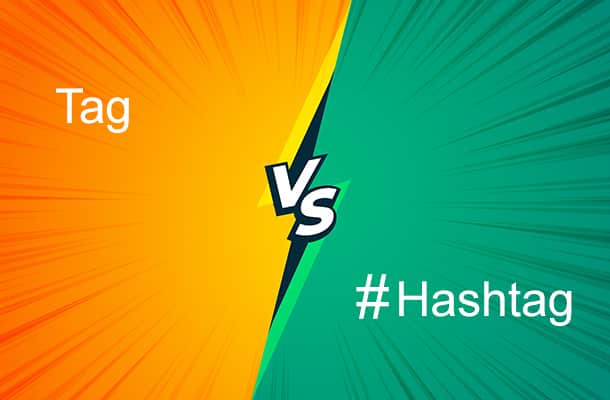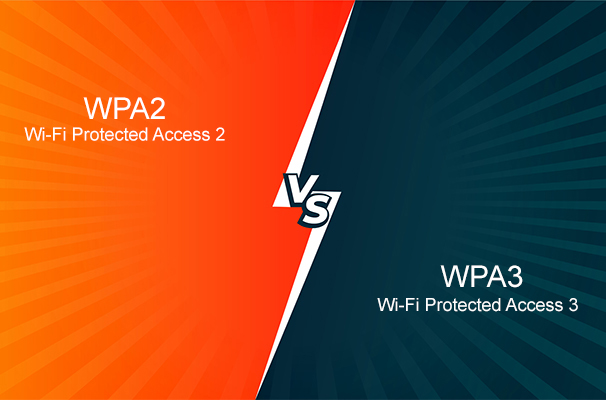In the ever-evolving world of mobile technology, the debate between an iPhone and a smartphone continues to captivate tech enthusiasts and everyday users alike. While both devices have revolutionized communication, several key differences set them apart. This article delves into these differences, offering a comprehensive, user-friendly comparison to help you understand what makes each unique.
What is a Smartphone?
A smartphone is a handheld device that combines mobile phone capabilities with computing functions. These devices are equipped with touchscreens, internet access, and a range of applications that allow users to perform tasks similar to those on a computer. Smartphones have become integral to daily life, providing functionalities such as email, web browsing, GPS navigation, and multimedia.
What is an iPhone?
The iPhone is a specific type of smartphone designed and marketed exclusively by Apple Inc. Launched in 2007 by Steve Jobs, the iPhone revolutionized the smartphone market with its intuitive touchscreen interface and advanced features. Each new model typically brings enhanced hardware and software capabilities, maintaining Apple’s reputation for innovation.
Key Differences Between an iPhone and a Smartphone
- Manufacturer and Ecosystem
- iPhone: Exclusively produced by Apple, the iPhone is part of a larger ecosystem that includes the iPad, MacBook, Apple Watch, and Apple TV. This integration ensures seamless connectivity and synchronization across devices.
- Other Smartphones: Manufactured by various companies such as Samsung, Huawei, Google, and OnePlus. These devices typically run on the Android operating system, which is used by a wide array of manufacturers, leading to a diverse range of hardware and software experiences.
- Operating System
- iPhone: Runs on iOS, Apple’s proprietary operating system. iOS is known for its smooth performance, security features, and regular updates that are pushed simultaneously to all supported devices.
- Other Smartphones: Primarily run on Android, an open-source operating system developed by Google. Android’s flexibility allows for extensive customization, but updates can be delayed as they need to be adapted by each manufacturer.
- Hardware Design
- iPhone: Apple typically releases a few models each year, focusing on premium materials and a consistent design language. Recent models include advanced features like Face ID and high-resolution cameras.
- Other Smartphones: Android devices come in a wide variety of designs, from budget models to high-end flagships. Innovations such as foldable screens and advanced camera systems often debut on Android devices before iPhones.
- App Stores
- iPhone: Uses the Apple App Store, which has stringent app review processes ensuring high security and quality. While this means fewer apps might make it to the store, it reduces the risk of malware.
- Other Smartphones: Use the Google Play Store, which offers a larger variety of apps due to its more lenient submission process. However, this also increases the potential for malicious apps.
- Customization and Flexibility
- iPhone: Limited customization options as Apple controls both the hardware and software, ensuring a uniform user experience. Users can change wallpapers and arrange app icons but cannot significantly alter the interface.
- Other Smartphones: Highly customizable. Users can change launchers, icons, and even the operating system itself (through rooting). This flexibility appeals to tech-savvy users who want more control over their devices.
- Security and Privacy
- iPhone: Prioritizes user privacy and security, with features like end-to-end encryption for iMessage and a robust facial recognition system. Apple’s closed ecosystem reduces the risk of malware.
- Other Smartphones: While Android has improved its security features, the open-source nature and fragmentation of the ecosystem can introduce vulnerabilities. Google’s focus on advertising revenue also raises concerns about data privacy.
- Price and Value
- iPhone: Generally, more expensive due to the premium materials, advanced technology, and brand value. However, iPhones tend to have a higher resale value and longer lifespan thanks to prolonged software support.
- Other Smartphones: Available at a range of price points, from affordable budget phones to premium flagships. The wide variety means consumers can find an Android phone that fits their budget and needs.
- Integration with Other Devices
- iPhone: Seamlessly integrates with other Apple products, creating a cohesive ecosystem. Features like Handoff, AirDrop, and Continuity allow for smooth transitions between devices.
- Other Smartphones: Integration varies depending on the manufacturer. Google’s ecosystem provides some integration with Chromebooks and Google Home devices, but it is generally less seamless than Apple’s ecosystem.
User Experience of an iPhone and a Smartphone
- Simplicity and Ease of Use: iPhones are often praised for their simplicity and ease of use. The uniformity of iOS across all Apple devices ensures that users can easily navigate the system, making it particularly appealing to those who prefer a straightforward experience.
- Customization and Personalization: Android phones excel in customization. Users can tailor their device to their preferences, from the home screen layout to advanced settings. This makes Android ideal for users who enjoy tinkering with their devices to achieve the perfect setup.
Performance and Efficiency of an iPhone and a Smartphone
- Hardware and Software Optimization: Apple’s control over both hardware and software allows for optimized performance. The latest A-series chips in iPhones consistently outperform most Android processors in benchmarks, ensuring fast and smooth operation.
- Battery Life and Management: iPhones have historically had smaller batteries compared to some Android counterparts, but Apple’s efficient hardware-software integration often results in comparable or superior battery life. Android devices with larger batteries might offer longer usage on paper, but real-world performance can vary based on the manufacturer’s software optimization.
Finishing Touch
Choosing between an iPhone and an Android smartphone depends largely on personal preference and priorities. If you value a cohesive ecosystem, seamless integration, and robust security, the iPhone is an excellent choice. On the other hand, if you prefer flexibility, customization, and a broader range of device options at various price points, an Android smartphone may be more suitable.
Both platforms have their strengths and unique features, and understanding these differences can help you make an informed decision that best suits your needs. Whether you are drawn to the sleek, consistent experience of an iPhone or the diverse, customizable world of Android, both types of smartphones offer powerful tools to enhance your digital life.





